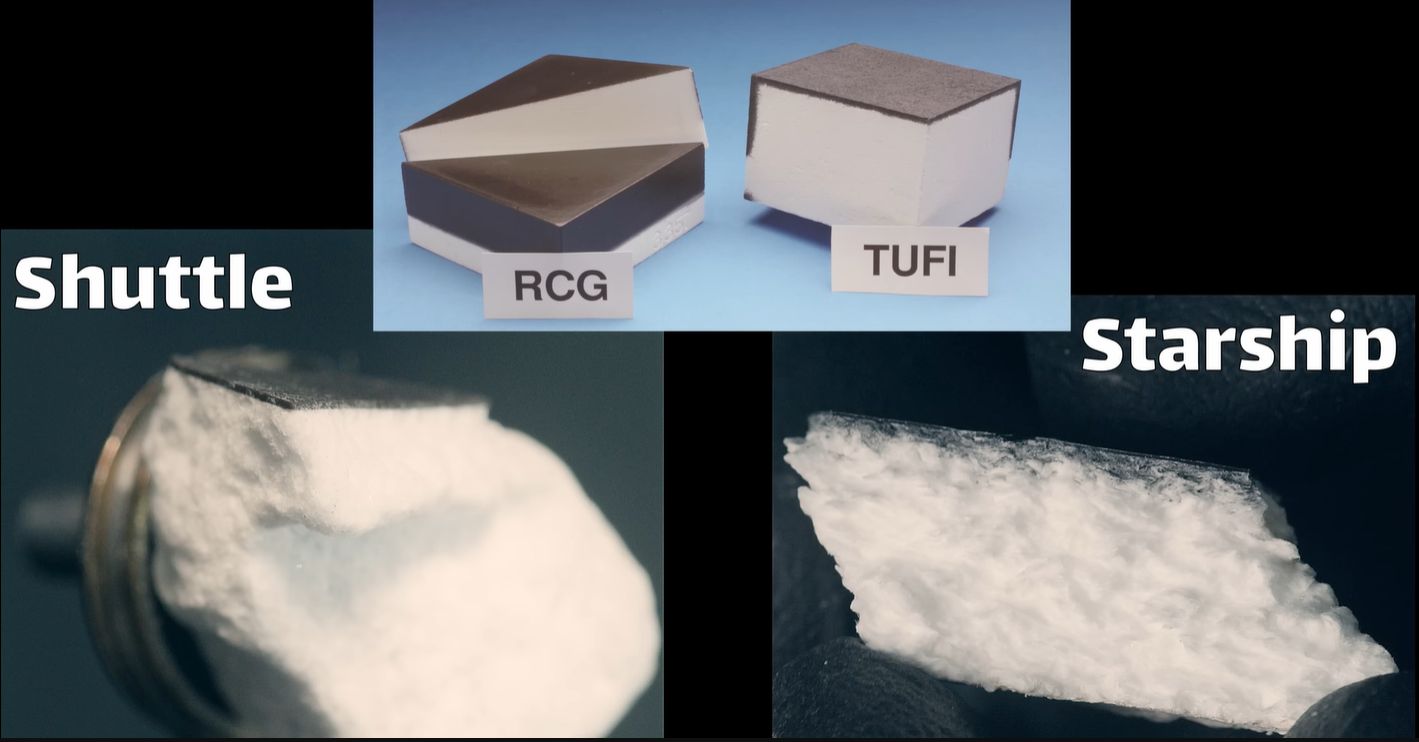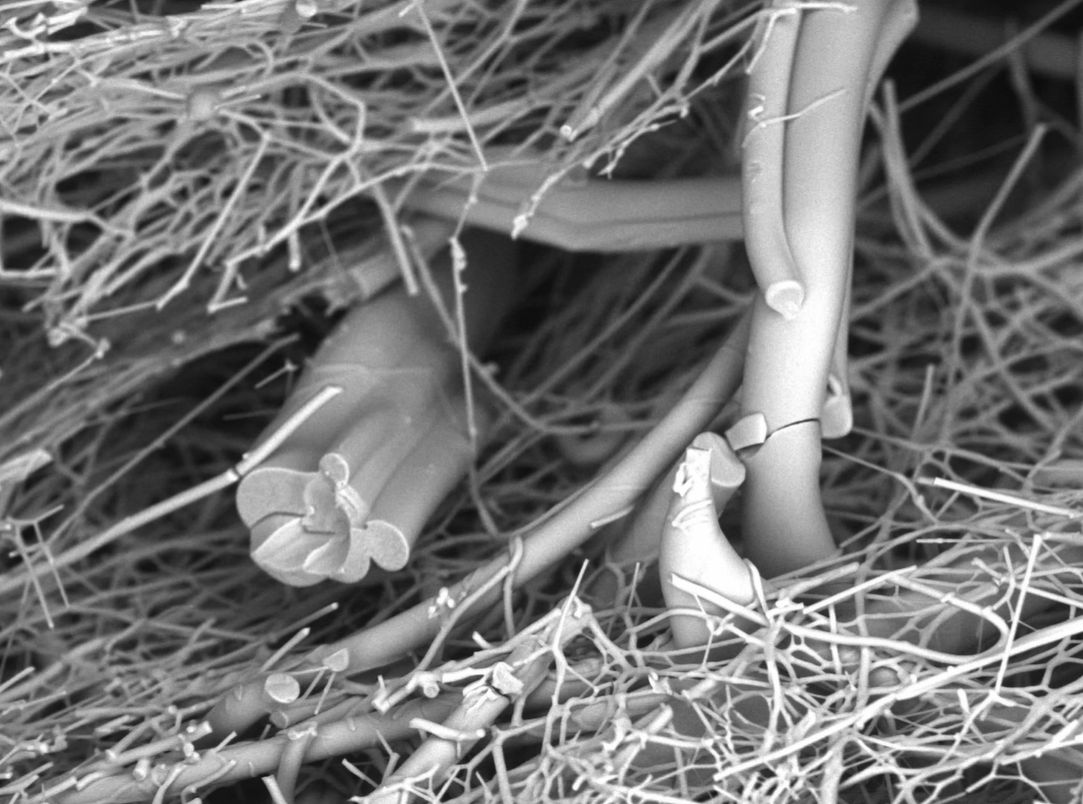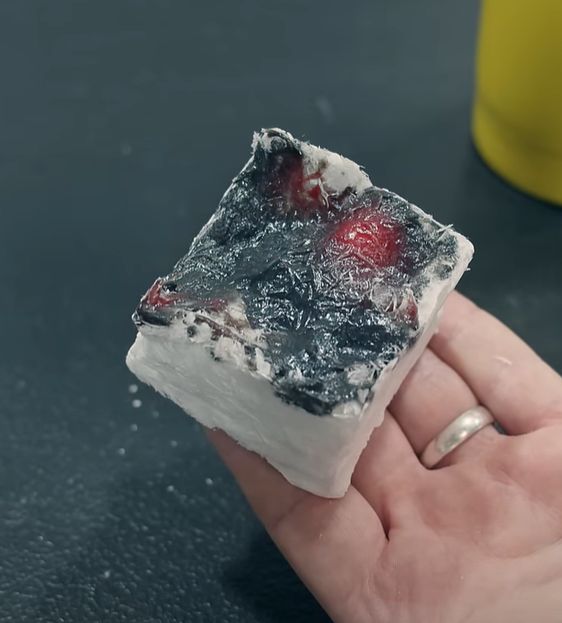How Different are SpaceX Thermal Tiles From the Space Shuttle’s? [Hackaday]

When SpaceX first showed off the thermal tiles on its Starship spacecraft that should keep it safe when re-entering the Earth’s atmosphere towards the loving embrace of the chopsticks on the launch tower, some similarity to the thermal tiles on NASA’s now retired Space Shuttle Orbiter was hard to miss.

Yet how similar are they really? That’s what the [Breaking Taps] channel on YouTube sought to find out, using an eBay-purchased chunk of Shuttle thermal tile along with bits of Starship tiles that washed ashore following the explosive end to the vehicle’s first integrated test last year.
To answer the basic question: the SpaceX engineers responsible for the Starship thermal tiles seem to have done their homework. An analysis of not only the structure of the fibrous material, but also the black IR-blocking coating, shows that the Starship tiles are highly reminiscent of the EATB (introduced in 1996) tiles with TUFI (toughened unipiece fibrous insulation) coatings with added molybdenum disilicide, which were used during the last years of the Shuttle program.
TUFI is less fragile than the older RCG (reaction cured glass) coating, but also heavier, which is why few TUFI tiles were used on the Shuttles due to weight concerns. An oddity with the Starship tiles is that they incorporate many very large fibers, which could be by design, or indicative of something else.

Details of these specific coatings and tile compositions for Shuttle missions can be found in this NASA presentation. Using spectral analysis on the tile fragments, the materials in each sample were analyzed, with molybdenum being clearly present in the Starship tile sample; although it’s hard to tell whether it’s at the same ratio as that NASA used it. The fibrous material making up the bulk of the tile showed the presence of silica, alumina-borosilicate and aluminium oxide, consistent with AETB. This strongly suggests that the Starship thermal tiles are based on the research done during the Shuttle program, which probably shouldn’t come as a shock to anyone.
As for making your own thermal tiles, this too is attempted in the video, with decent results. To make the most basic type of thermal tile, as used during the early years of the Shuttle program, all you need is silica fiber, colloidal silica, an appropriate oven, borosilicate glass, acid, and a few more ingredients along with another pass through the oven to get an HRSI (100% silica) base tile with RCG coating.
What this however shows is that although you can make your own thermal tiles with a half-decent lab setup, perfecting the process is indeed a decades-long process, as seen with the Space Shuttles.

![how-different-are-spacex-thermal-tiles-from-the-space-shuttle’s?-[hackaday]](https://i0.wp.com/upmytech.com/wp-content/uploads/2024/02/168140-how-different-are-spacex-thermal-tiles-from-the-space-shuttles-hackaday.jpg?resize=800%2C445&ssl=1)